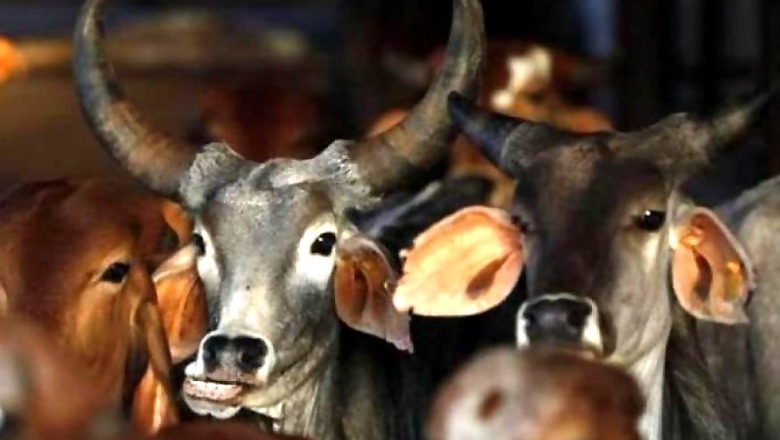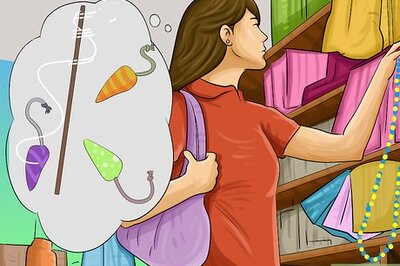
views
New Delhi: If a former member of Animal Welfare Board of India is to be believed, the environment ministry’s rules restricting cattle slaughter will not have many repercussions on slaughterhouses and consumers of cattle meat.
According to the managing director of Humane Society International’s India office, these rules will only help in having ‘traceability’ of the cattle in case of disease and infections, and would promote the ‘farm to fork’ principle.
NG Jayasimha, former member of the Legal division of the AWBI, told News18 “the idea is that if anybody comes to a cattle market to buy cattle, then it should be only for agricultural purposes. The reason behind this is very simple that there has to be traceability in the supply chain.”
Jayasimha’s reasoning stems from the fact that under these rules cattle slaughter will only be allowed when a slaughterhouse or an individual sources the animal directly from a farm, and not more a marketplace.
“As in any sort of food safety norms that are being placed require that there has to be farm to fork connectivity so that when a veterinarian is at a slaughter house and is doing pre-mortem or post-mortem of a particular animal and he sees that this particular animal is suffering from some contagious disease, he would be able to go back to the farm. So the entire idea is to separate the agriculture supply chain of the animals and the meat supply chain and hence this particular rule was drafted,” Jayasimha told News18.
He said that such rules were notified so that contagious disease-laden animals don’t end up in either of the supply chains.
“All we are saying is that a particular slaughter house operator or a meat operator, if he has to procure, let’s say, 40 animals or 50 animals a day, they can procure it directly from the farms,” said Jayasimha.
He also said that at the time of ante-mortem, if the veterinarian sees that there is some sort of discharge from the eye, some sort of discharge from the nose and if he thinks this could be a contagious disease then he can work with the local animal safety department to ensure that the proper vaccination is done in that farm where these animals came from.
Apart from restricting cattle slaughter, the rules also tend to define animal markets, including areas near slaughterhouses. This has become a bone of contention as these places are usually hub for cattle selling.
On this, Jayasimha said, “The reason why they added the slaughter house was simple. Let’s take an example of Idgah animal market in Delhi. In these slaughter houses, you have huge cattle markets, the middlemen bring animals, meat shop guys pick up the animals from and have them slaughtered in the Idgah slaughter house... Now this won’t be allowed to have some sort of traceability so that there is no sale outside the slaughter house. So you go to the farmer and you pick the animal breed you wish to slaughter.”




















Comments
0 comment